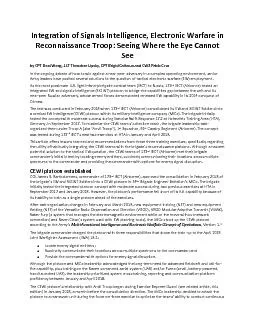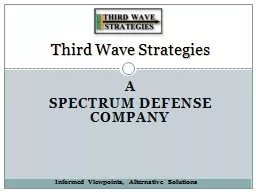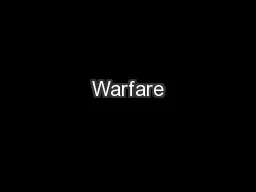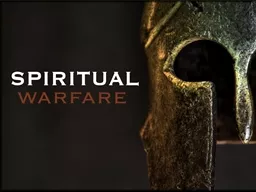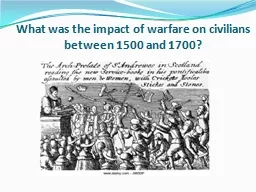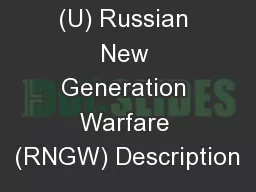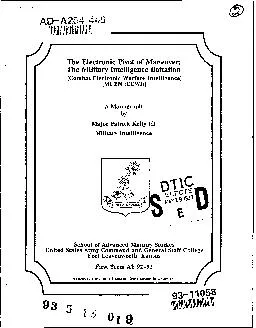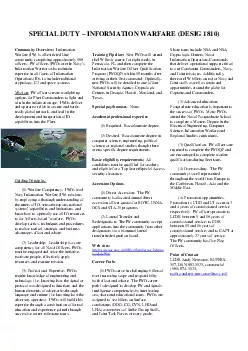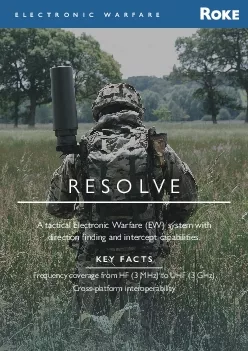PDF-tion of Signals Intelligence Electronic Warfare in
Author : brooke | Published Date : 2021-06-06
Integra Reconnaissance Troop Seeing Where the Eye Cannot See b y CPT Doni Wong 1LT Theodore Lipsky CPT Br igid Calhoun and CW2 Pablo Cruz In the ongoing debate
Presentation Embed Code
Download Presentation
Download Presentation The PPT/PDF document "tion of Signals Intelligence Electronic ..." is the property of its rightful owner. Permission is granted to download and print the materials on this website for personal, non-commercial use only, and to display it on your personal computer provided you do not modify the materials and that you retain all copyright notices contained in the materials. By downloading content from our website, you accept the terms of this agreement.
tion of Signals Intelligence Electronic Warfare in: Transcript
Download Rules Of Document
"tion of Signals Intelligence Electronic Warfare in"The content belongs to its owner. You may download and print it for personal use, without modification, and keep all copyright notices. By downloading, you agree to these terms.
Related Documents

